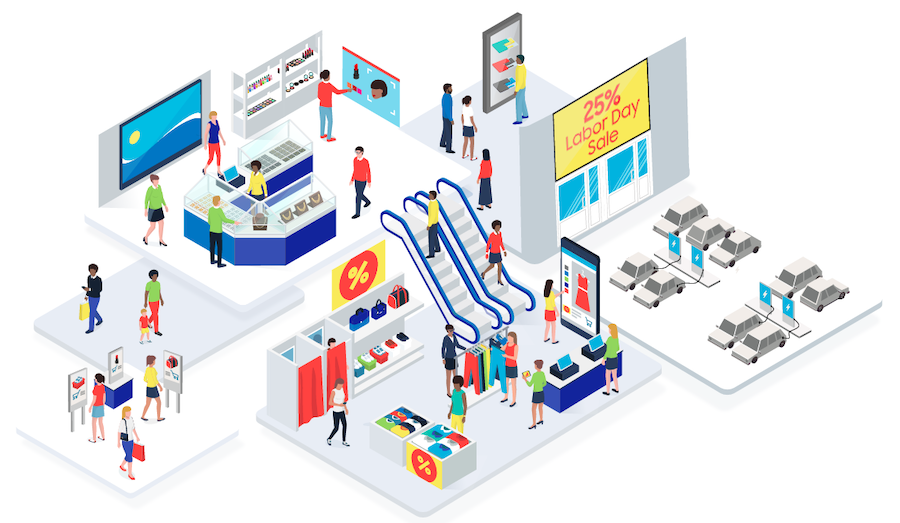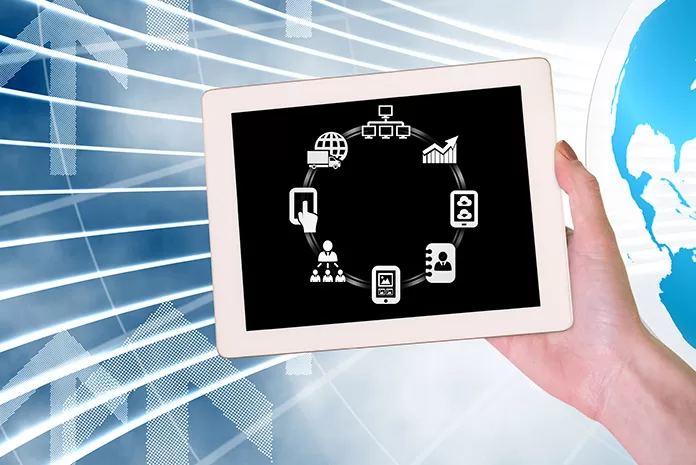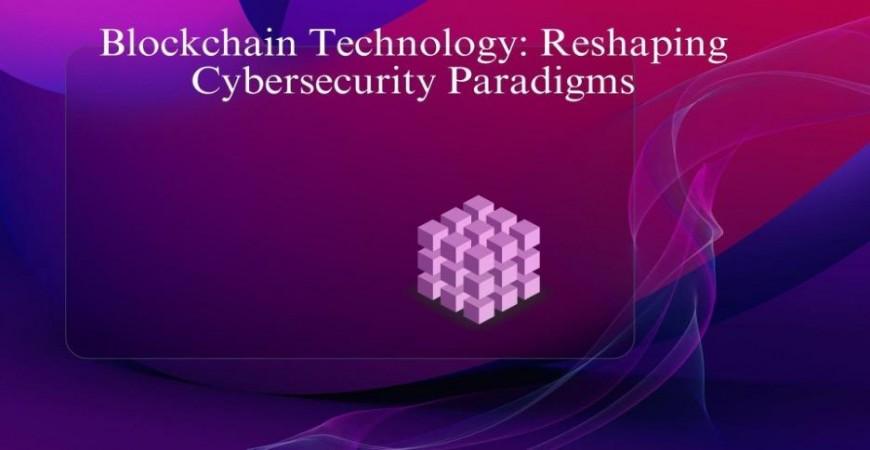Acronis, is pleased to announce the appointment of Gerald Beuchelt as its new Chief Information Security Officer (CISO). In this role, Beuchelt will lead the execution of Acronis’ global information security strategy, ensuring the protection of the company’s information, systems, and technologies while advancing Acronis’ goal to protect all data, applications, and systems.
As a key member of executive leadership responsible for security, Beuchelt will lead a global team of IT, security, and compliance professionals. Beuchelt will oversee corporate IT infrastructure, including help desk operations, server and network management, and more. Additionally, he will support the expansion of Acronis’ impact in the cybersecurity community through new research, reports, and threat intelligence from the Acronis Threat Research Unit (TRU).
“Acronis’ breadth of product capabilities, global impact, and strategic direction is truly exciting,” said Gerald Beuchelt. “I’m particularly inspired by the company’s dedication to making security solutions scalable and accessible for service providers, enterprises, SMBs, and individual users alike. My focus will be on maintaining and continuously improving our security posture to address the increasingly complex threat landscape. As part of Acronis TRU, we will implement research-driven guidance that will shape Acronis’ capabilities to protect against modern threats while raising awareness of how our solutions empower businesses to succeed. I look forward to collaborating with the talented team at Acronis to expand our influence in the cybersecurity community.”
Beuchelt brings over a decade of leadership experience in cybersecurity, including his most recent role as Chief Information Security Officer at Sprinklr Inc. and prior positions at LogMeIn. His extensive background also includes serving as Treasurer and Director on the board of the Boston Chapter of Infragard, the FBI public-private partnership program and the National Cyber Security Alliance, as well as roles as Chief Security Officer at Demandware, Inc. (acquired by Salesforce) and Principal Information Security Engineer at The MITRE Corporation.
“We are proud to welcome Gerald to Acronis as our new CISO,” said Ezequiel Steiner, CEO at Acronis. “His extensive experience and forward-thinking approach to cybersecurity will play a vital role in advancing our mission to protect all data, applications, and systems for organizations worldwide. As CISO, he will drive initiatives that ensure our customers and partners benefit from Acronis’ natively integrated solutions, which eliminate complexity and provide unmatched simplicity and performance.”













